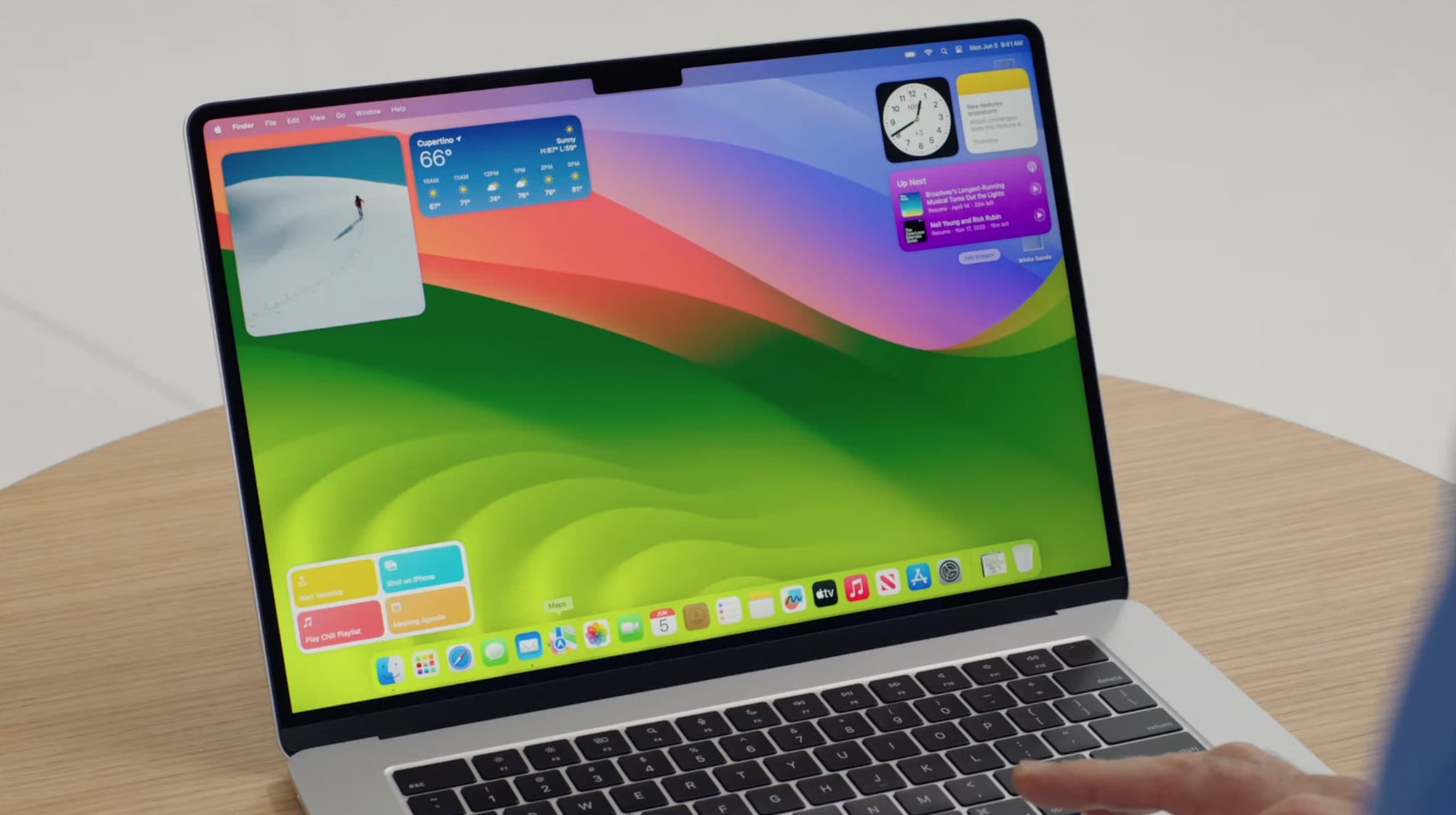
Today, France’s Eviden (part of cybersecurity, cloud, and high-performance computing group Atos) and German modular supercomputing company ParTec, announced they had won a contract to provide the very first exascale supercomputer in Europe.
The JUPITER project will cost €500mn in total. The computer itself will cost €273mn and run on Arm architecture SiPearl Rhea processors and Nvidia accelerator technology. It will be operated by the Jülich Supercomputing Centre in Germany.
JUPITER will be the first system in Europe to surpass the threshold of one billion billion calculations per second. The aim is for it to support the development of high-precision models of complex systems, which could help solve questions regarding areas such as climate change, pandemics, and fusion energy. Of course, it would also enable intensive use of AI and analysis of large data volumes.
JUPITER stands for Joint Undertaking Pioneer for Innovative and Transformative Exascale Research (just in case you were wondering). The European High Performance Computing Joint Undertaking (EuroHPC JU) announced the project last year, and put out a call for tenders in January.
But let’s back up for a moment — what exactly is an exascale supercomputer?
Powering the next business revolution
Join the Financial Times & TNW Future of AI Summit on November 15 & 16
One billion billion flops per second
An exascale system, as already mentioned, is a supercomputer or high-performance computing (HPC) system capable of performing a billion billion calculations per second. This is equivalent to one exaflop.
In other words, an exaflop is a measure of performance for a supercomputer that can calculate at least one quintillion (exa-) floating point operations (flop) per second. Meanwhile, an exabyte is a memory subsystem packing a quintillion bytes of data.
Building and operating exascale systems pose various technical challenges, including power consumption, heat management, scalability, and software optimisation.
The world’s first exascale supercomputer is the Frontier, built by Hewlett Packard Enterprise (HPE) and housed at the Oak Ridge National Laboratory in Tennessee. It was deployed in 2021 and reached full capacity in 2022. It is set to be superseded by El Capitan at the Lawrence Livermore National Laboratory in California, also by HPE. El Capitan will deliver over 2 exaflops when it comes online mid-2024.
Meanwhile, the fastest supercomputer in Europe, owned by the EuroHPC JU, is the Lumi (Large Unified Modern Infrastructure). It sits in the CSC data centre in Kajaani, Finland, began operating in 2021, and can achieve more than 375 petaflops (one thousand million million flops per second), with a “theoretical peak” at 550 petaflops. That makes it the third fastest supercomputer in the world as of June 2022.







